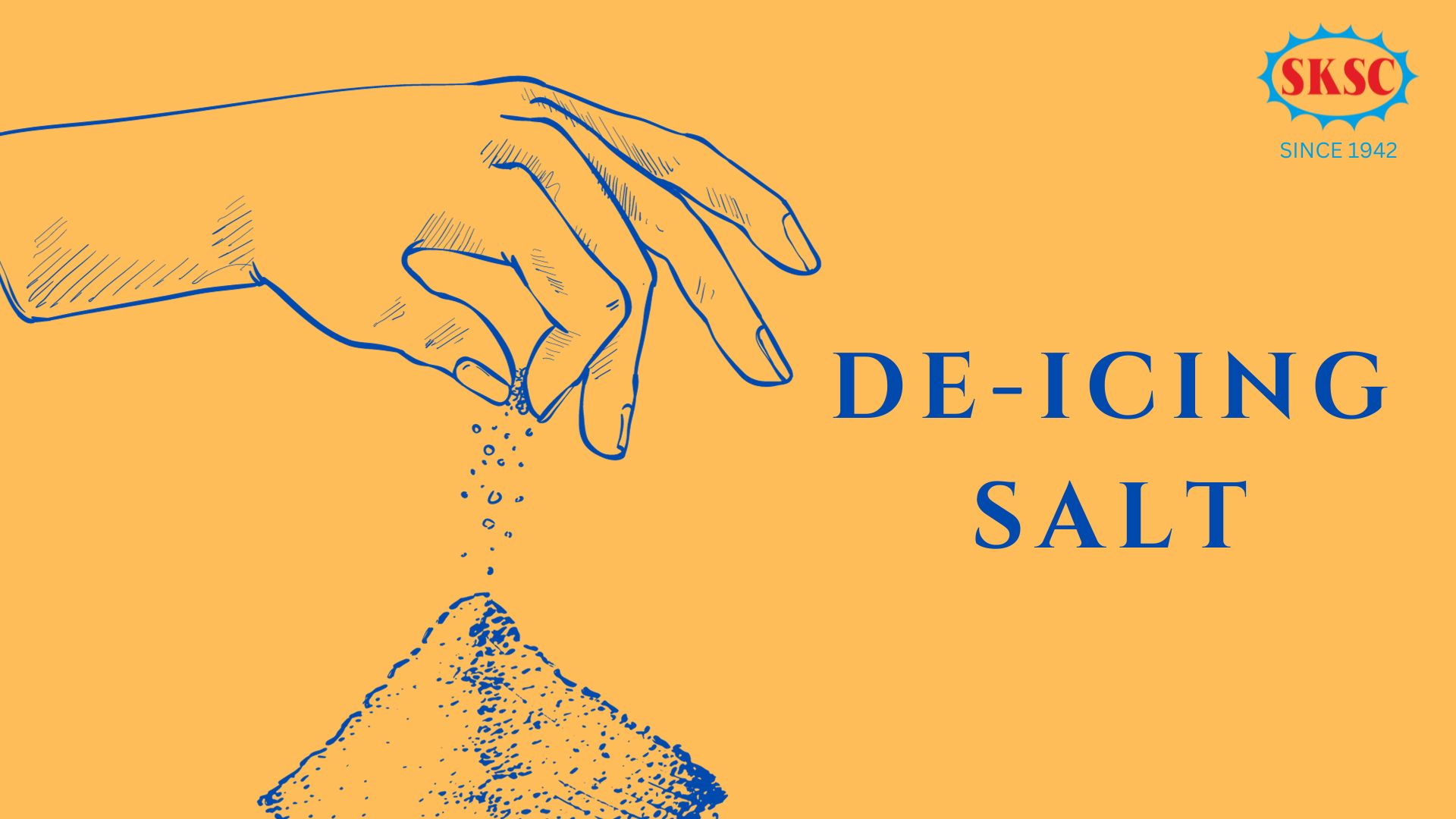
De-icing salt
Meat preservation is the earliest documented application of salt; prior to the development of refrigeration, maintaining food freshness and, more crucially, safety for consumption was a significant difficulty. Through a process called osmosis, salt extracts moisture from bacteria and fungi to preserve food. While there is a little more to the process than this, it may be summed up simply by noting that salt makes the environment too dry for life. Up until the late 19th century, it was normal practice to cure food to increase its shelf life, and many items are still cured today for flavor.
Industry also uses salt extensively; it serves as the basis for chemicals like chlorine, soda ash, and sodium hydroxide (commonly known as caustic soda). It's difficult to exaggerate the significance of salt in the contemporary world. Some sectors that rely on salt include detergents, textiles, petrochemicals, glass, medicines, water treatment, and aluminum manufacture.
Fortunately for us, it is not only one of the most commonly utilized chemicals worldwide, but it is also highly abundant and simple to extract. The two main methods are mining ancient dried-out oceans (where our rock salt comes from) and evaporating sea water in salt pans in tropical or subtropical areas (this is how we get our white salt).
The actual source of salt in the world's oceans is land-based rocks. Rainfall erodes rocks slowly because it has a small acidic quality (remember all the discussion of acid rain in the 1980s and 90s, whatever happened to that?). The acidity of the rain is equally as significant as its mechanical action. Ions are charged atomic particles produced by acids; about 90% of the ions dissolved in seas are composed of sodium and chlorine ions. The ions combine to create salt, or sodium chloride.
The water cycle concentrates salt in the oceans. Salt is left behind when water evaporates from the surface (to return as rain, bringing more Sodium and Chlorine into rivers and finally the oceans). An astounding 120 million tons of salt are present in one cubic mile of ocean. To put this number into context, it was estimated that 210 million tons of salt were produced globally in 2002.
Although people have been clearing snow from routes for ages, it wasn't really a big deal till concrete roads and motorized transportation were invented. At first, snow ploughs were employed, but because they left ice behind, it was discovered that they were insufficient.
S.K.S.C.NADARAJAN & BROR.
Salt company since 1942
Tuticorin Salt | crystal salt | crushed salt | freeflow salt | fine salt | coarse salt | size salt | Salt supplier | Kerala salt supplier | South indian salt export | South India salt company | thoothukudi saltern | Tuticorin saltern | deicing salt exporter | deicing salt tuticorin | Thoothukudi salt exporter | Thoothukudi traditional salt | Sea salt tuticorin | Sea salt Thoothukudi | Thoothukudi salt | salt exporter tuticorin | salt Thoothukudi | SKSC salt | India old salt company | Salt company India | Salt company tamil nadu | Salt company Tuticorin | Tamil nadu Salt | India Salt
